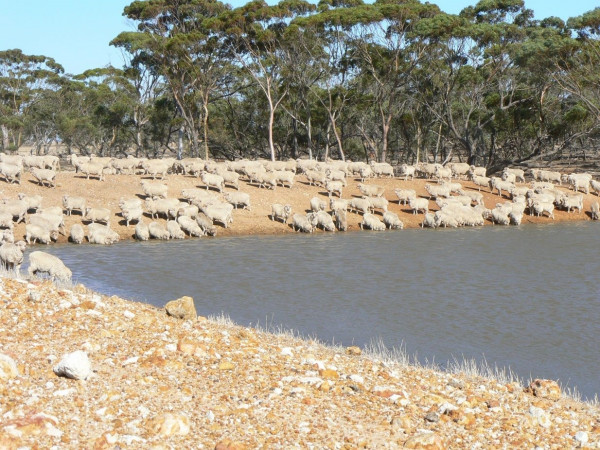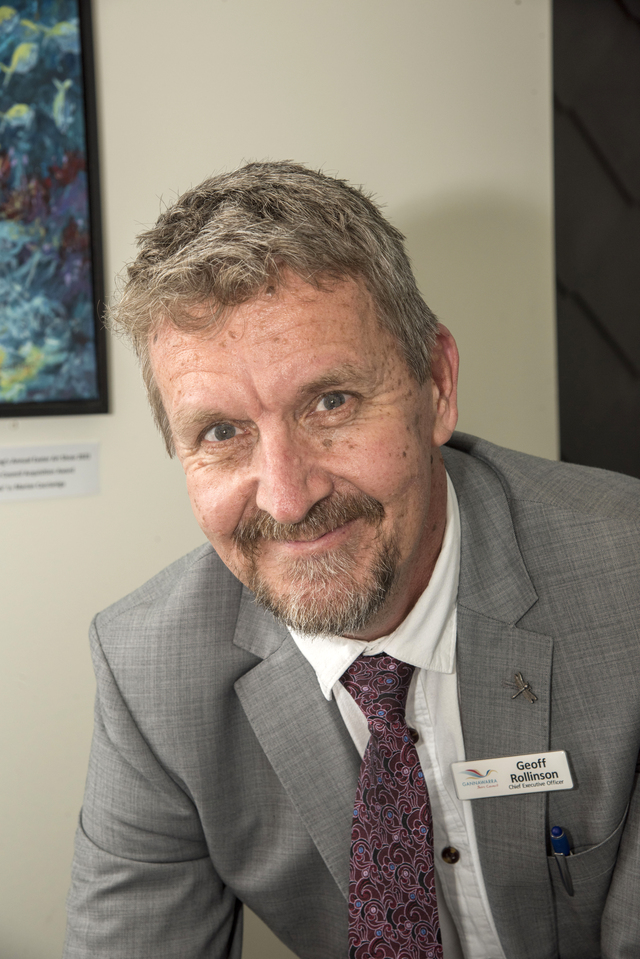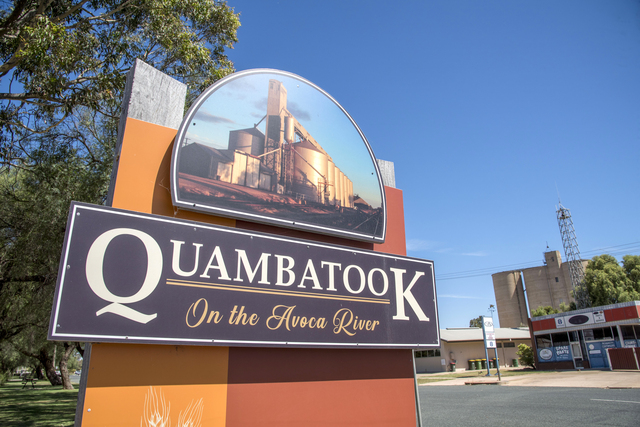ERRATIC rainfall across the Mallee, and from Mildura east to Swan Hill, for the past four months, has water as a precious commodity well and truly back on the agenda.
The region has a huge rainfall event when no-one wanted it, with falls for last November over 100mm in some areas.
At Swan Hill the month was 61.8mm – up 17mm on the long-term average, while Ouyen (94.7mm against the usual 29.3mm) and Mildura (81mm versus 27.4mm) were hit hard just as harvests were getting into top gear.
But across the board it was a major boost for subsoil moisture.
However, since then nearly every area is significantly below par – although Swan Hill got an unexpected 31.4mm this week – and with the current dry seasonal conditions water remains a critical farm asset to manage and monitor.
Agriculture Victoria livestock industry development officer Christopher Blore said having the right quality of stock, domestic and commercial water, where you needed it, when you needed it and in the quantity you needed, was pivotal for all farm businesses.
“There are some simple tools you can use to monitor water supplies in dams and tanks across your farm,” Mr Blore said.
“Tools can be as simple as a couple of floats and a bit of bar to give you an indication of the water left in your tank, or a DAMDEEP tool.
“A video of how to make a DAMDEEP measuring tool can be found on the Agriculture Victoria website.
“More advanced options such as ultrasonic or hydrostatic sensors to measure the depth of tanks or dams or flow meters to measure water flow rates from pumps and tanks, can be set up to send automatic alerts like when a tank or dam is low.
“If you are looking to compare options, visit agtechfinder.com as this website has a large range of available AgTech solutions for water monitoring.
“You can also chat with your local rural store about options and the ongoing support available at a local level.”
For further information on calculating livestock water needs and how much water you have on farm, refer to the stock water resources page on the Feeding Livestock website or contact Chris at christopher.blore@agriculture.vic.gov.au







